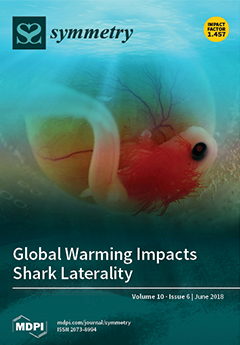This article is based on new developments on a neutrosophic triplet group (NTG) and applications earlier introduced in 2016 by Smarandache and Ali. NTG sprang up from neutrosophic triplet set
X: a collection of triplets
[...] Read more.
This article is based on new developments on a neutrosophic triplet group (NTG) and applications earlier introduced in 2016 by Smarandache and Ali. NTG sprang up from neutrosophic triplet set
X: a collection of triplets
for an
that obeys certain axioms (existence of neutral(s) and opposite(s)). Some results that are true in classical groups were investigated in NTG and were shown to be either universally true in NTG or true in some peculiar types of NTG. Distinguishing features between an NTG and some other algebraic structures such as: generalized group (GG), quasigroup, loop and group were investigated. Some neutrosophic triplet subgroups (NTSGs) of a neutrosophic triplet group were studied. In particular, for any arbitrarily fixed
, the subsets
and
of
X, where
is a neutrosophic triplet group homomorphism, were shown to be NTSG and normal NTSG, respectively. Both
and
were shown to be
a-normal NTSGs and found to partition
X. Consequently, a Lagrange-like formula was found for a finite NTG
based on the fact that
. The first isomorphism theorem
was established for NTGs. Using an arbitrary non-abelian NTG
X and its NTSG
, a Bol structure was constructed. Applications of the neutrosophic triplet set, and our results on NTG in relation to management and sports, are highlighted and discussed.
Full article





